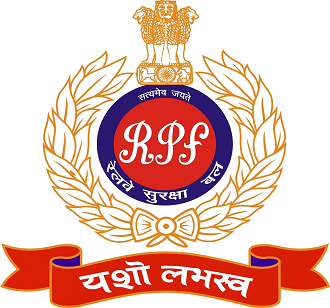Free Courses Sale ends Soon, Get It Now


Free Courses Sale ends Soon, Get It Now



Disclaimer: Copyright infringement not intended.
Context
What is the Railway Protection Force (RPF)?
About
Origins
Formation and Evolution
Role
Mandate
Administrative Head
Power
Recruitment
Structure
What is the Government Railway Police (GRP)?
About
Responsibility
Exclusions
Special Duties
In addition, the GRP has some “special duties”, including:
Implications of RPF Amendment on GRP
|
PRACTICE QUESTION Q. Which of the following duties fall under the mandate of the Government Railway Police (GRP)? 1. Prevention and detection of crime on railways. 2. Protection of goods sheds, and goods wagons at stations and parcel offices. 3. Control of vehicular and other traffic in station precincts. 4. Maintenance of order in passenger trains halted at stations and prevention of overcrowding in carriages. (a) 1 and 2 only (b) 2 and 3 only (c) 1, 3, and 4 only (d) None of the above. Correct Answer: (c) 1, 3, and 4 only |
© 2024 iasgyan. All right reserved